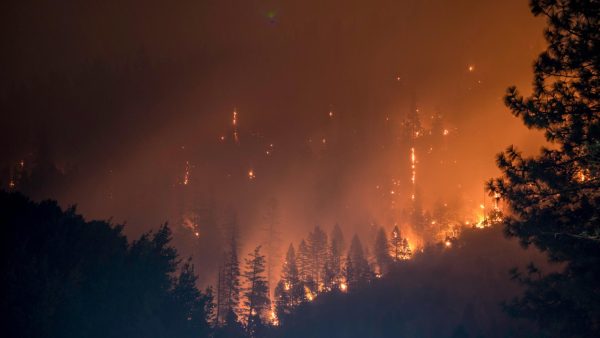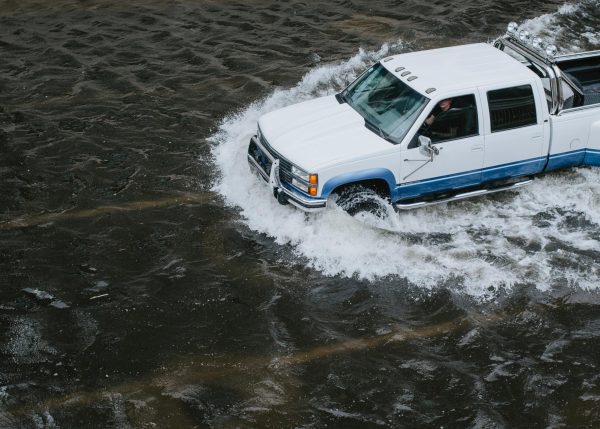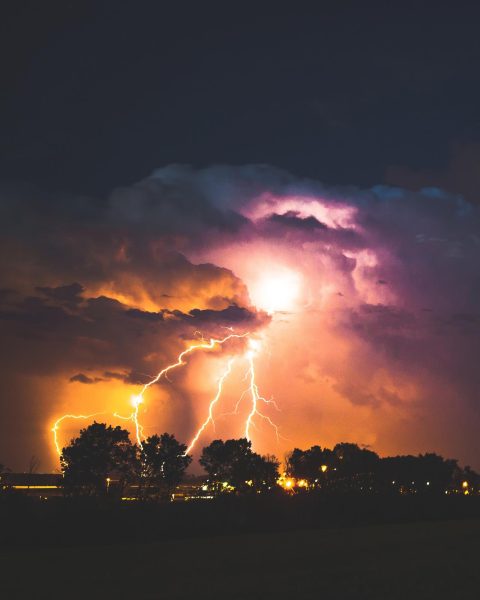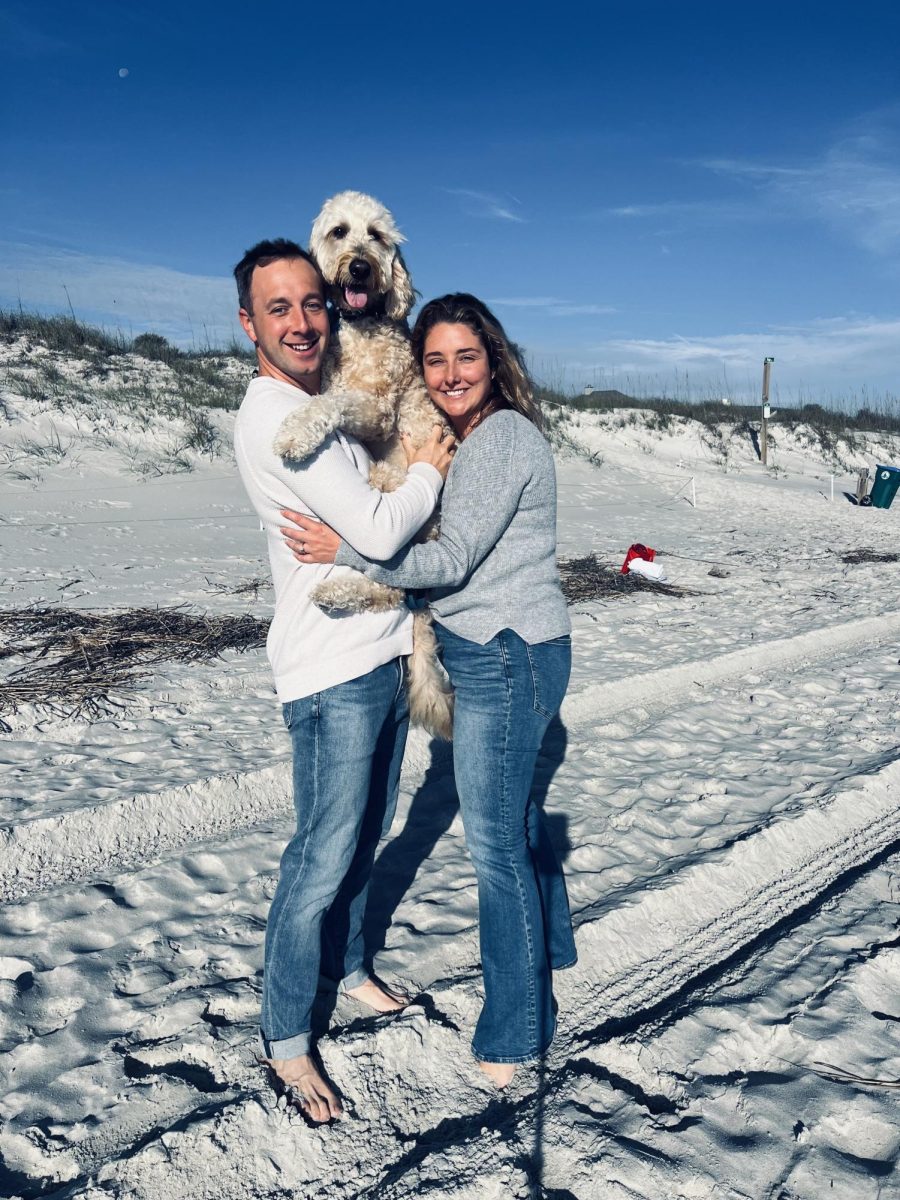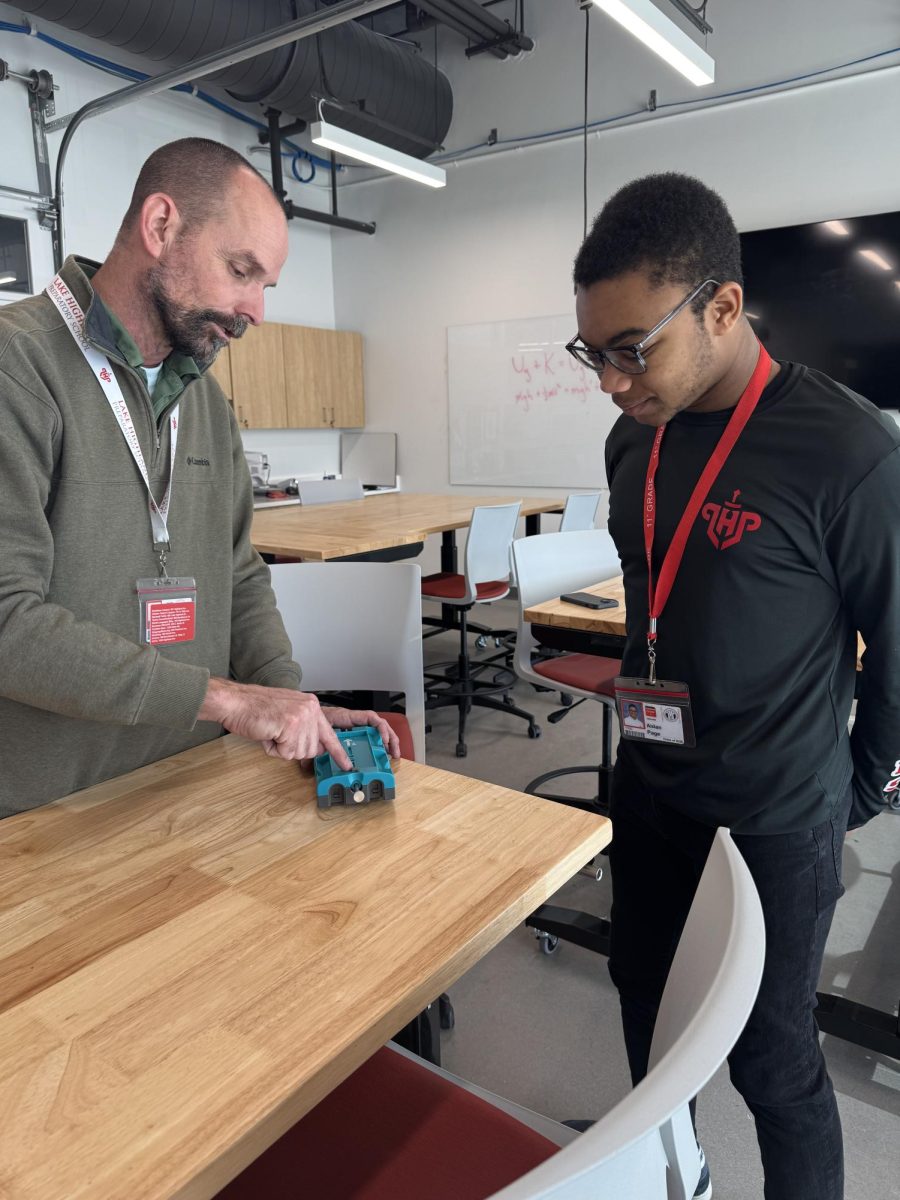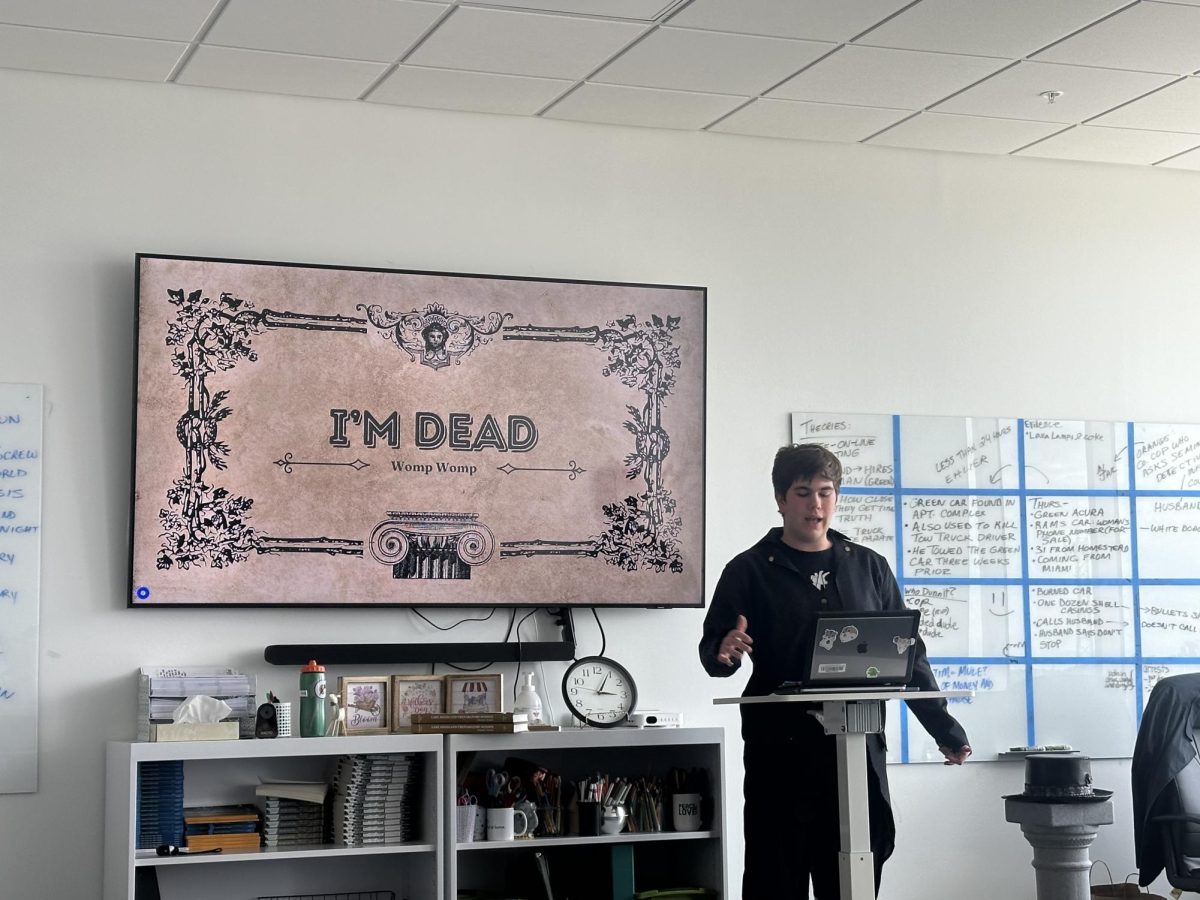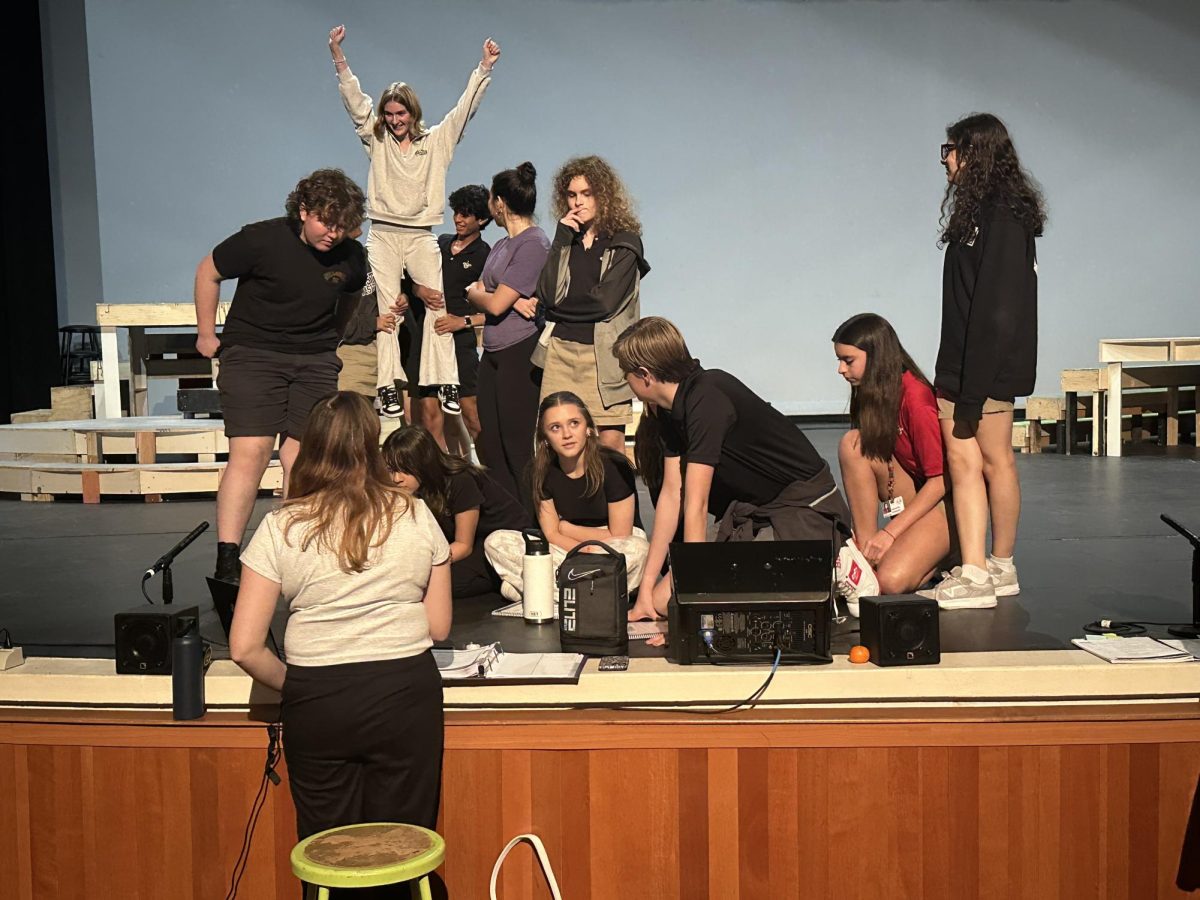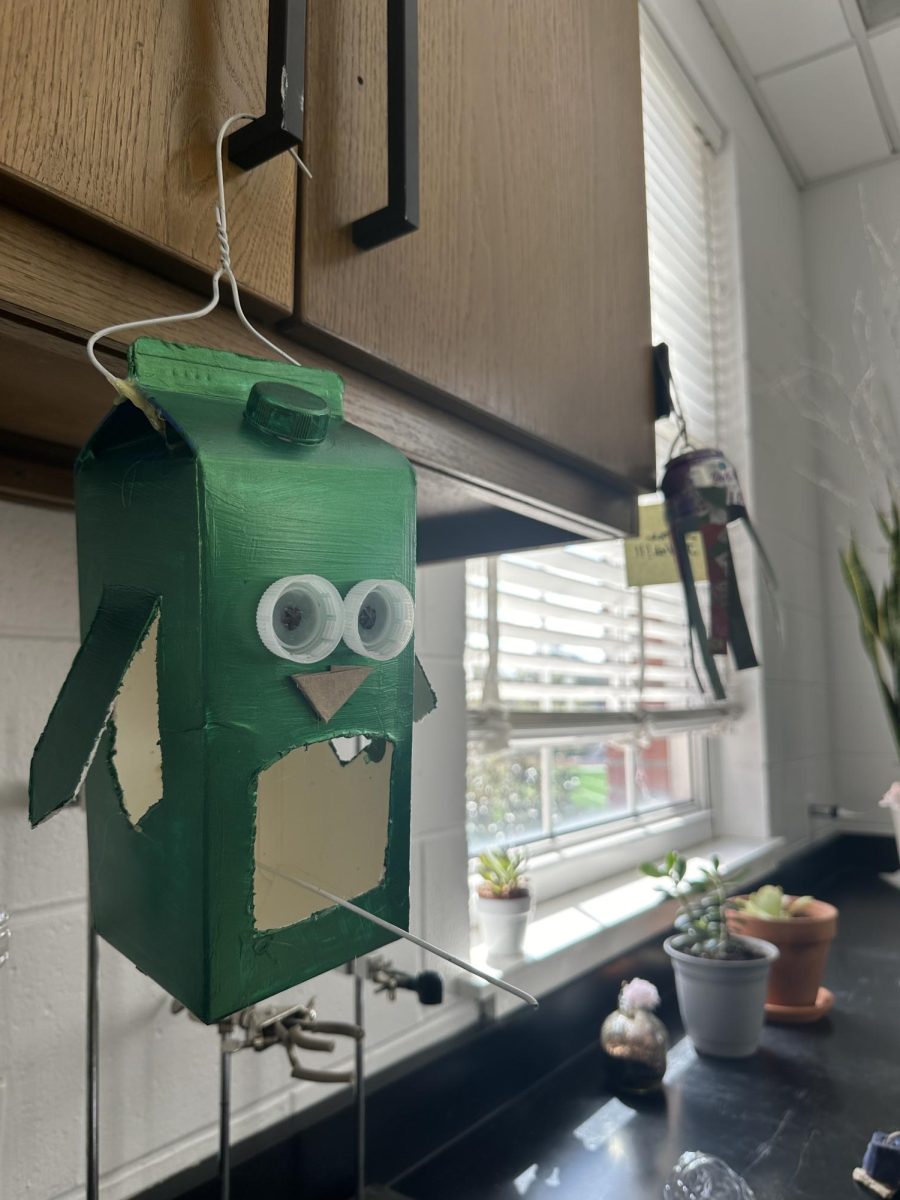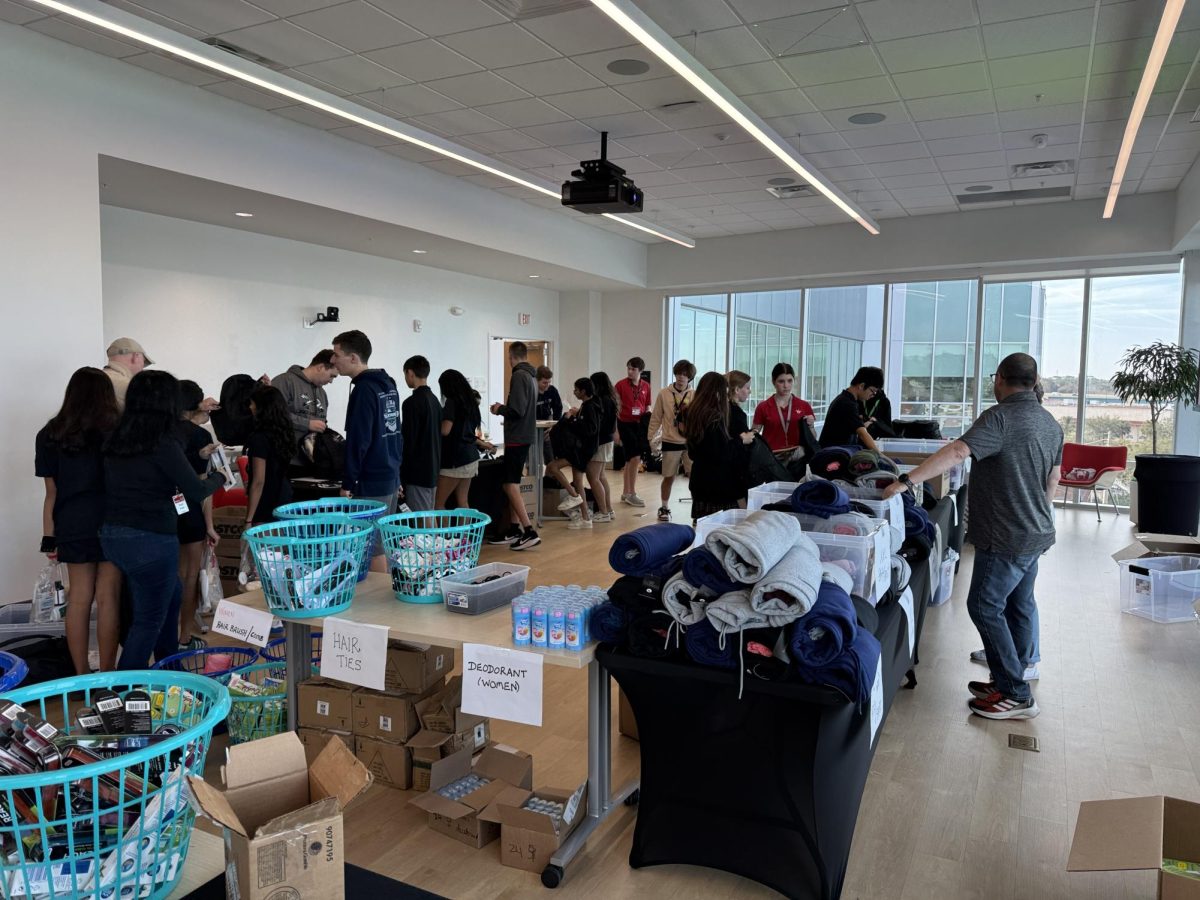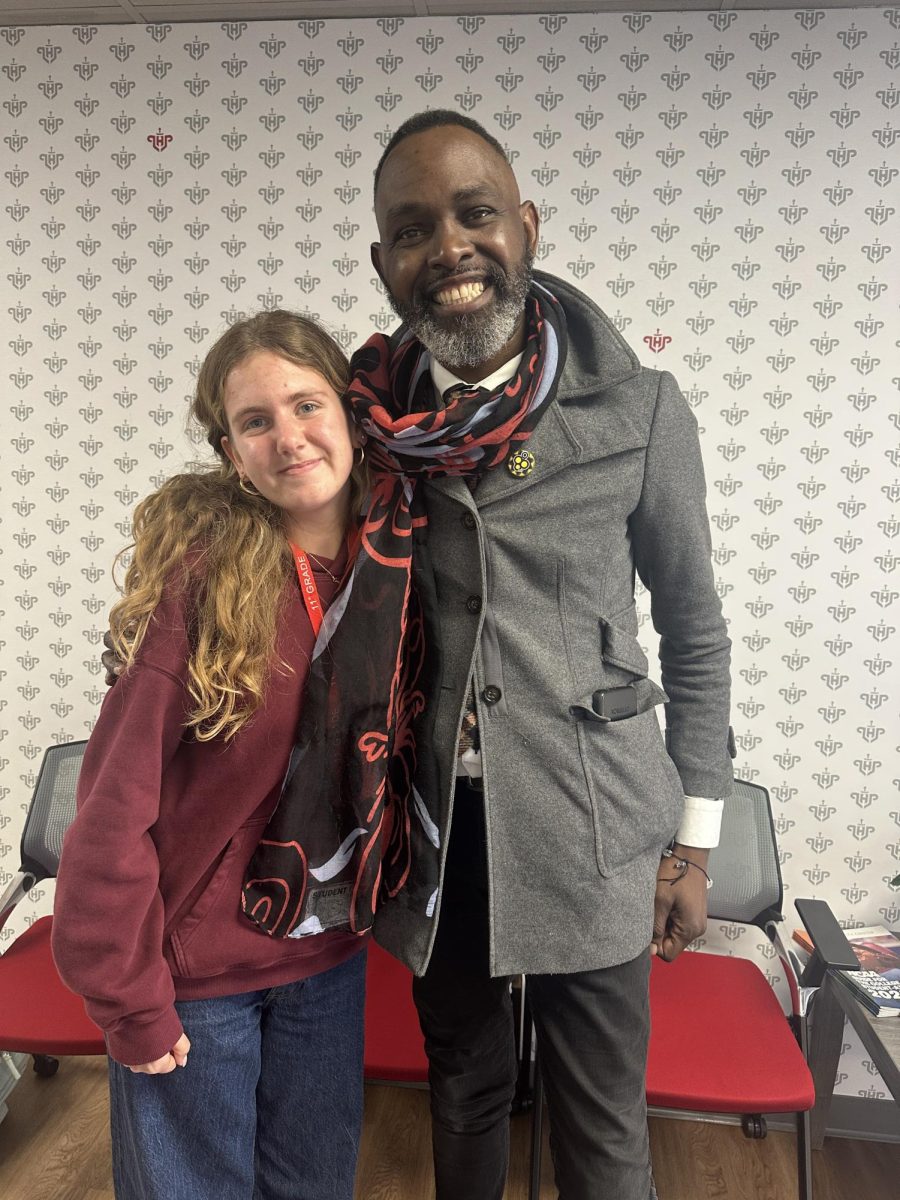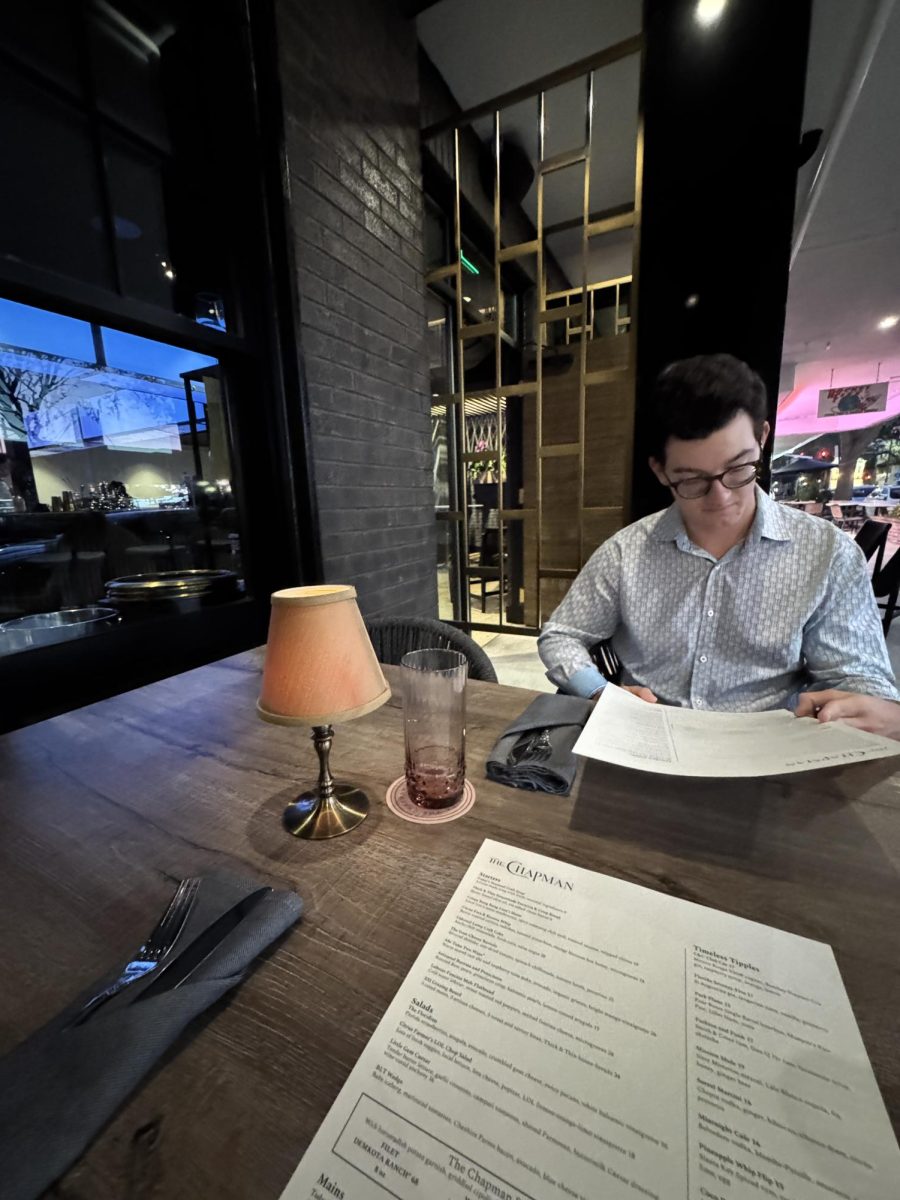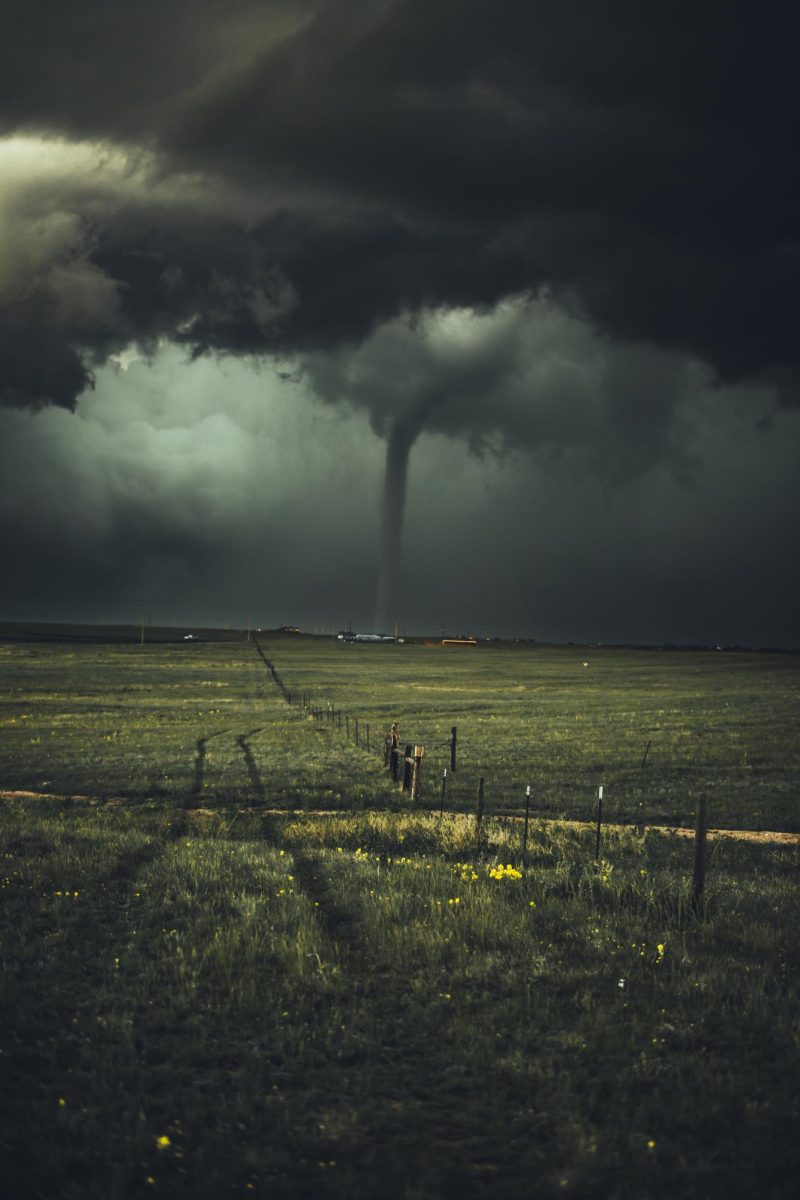We have all heard about it. The weather is changing every minute. Winters are colder, summers are hotter, and natural disasters are stronger. It’s raining in California, snowing in Texas, and wildfires seem to be spreading just about everywhere. Our homes no longer feel like the place they used to be when we first moved there. I know it’s hard to see, big picture-wise, how switching off the lights in the morning or acting on the famous three R’s—reduce, reuse, and recycle—can make a difference. So instead, I’m going to tell you about the opposite. Think about what the world goes through, and therefore, what we go through when we do not make those extra efforts. It impacts our community here at Lake Highland, as well as our state.
As schools begin to re-open, weather changes have a significant impact on student lives. In cases of high heat typical to Florida’s climate, Campus Safety Manager Conan Bickford says that at Lake Highland, “Monitors the Wet Bulb Globe Temperature (also known as the heat stress temperature) each day […] to determine if activities should be limited.” However, as heat goes up even for Florida, this step becomes even more crucial in order to prevent heat exhaustion or heat stroke.
In addition to that, as most Florida residents know, this time of the year is also storm season in the state. Mr. Bickford stated that, “Thunderstorms typically move through Lake Highland’s vicinity between 2:00 P.M. and 4:00 P.M. which most often requires our community to shelter-in-place until the storms pass. Due to the timing, class change, and carpool operations are many times disrupted.” While storms are just as normal as hot days to native Floridians, they’ve been increasing both in quantity and intensity. Therefore these disruptions can potentially become more frequent, preventing students from getting to and from places on time.
According to ExtremeWeatherWatch.com, Orlando reached the third-highest temperature of 100 degrees Fahrenheit on August 12, 2023. The last time that temperature was recorded was eight years ago, in 2015. This summer in Miami, there were “Forty days in a row with a heat index over 100,” with a, “16-day stretch when heat index values eclipsed 105. The previous records for both were 32 days and eight days, respectively,” say Matthew Cappucci and Dylan Moriarty of The Washington Post. So why exactly is this happening? Cappucci and Moriarty also state, “That a concentration sphere of heat,” otherwise known as a, “Heat dome,” has risen across the southern United States including the state of Florida. As more carbon emissions are released and fossil fuels are burnt (an example of which is when lights are left on unnecessarily), the atmosphere heats up, and when pressure pushes that air down, the earth, as well as the surrounding bodies of water, is left even warmer.
This warming of large bodies of water, such as oceans, “Fuels power-hungry hurricanes” as stated by the National Oceanic and Atmospheric Administration. While hurricanes have not hit Florida during 2023, many who live here can testify to the immense damage done after Hurricane Ian and Hurricane Nicole hit the state due to flooding and strong winds. In fact, the National Hurricane Center Tropical Cyclone Report on Hurricane Ian states that the hurricane caused 66 direct deaths in the United States, all which occurred in Florida. Additionally, Hurricane Ian resulted in 90 indirect casualties, with 84 of which were located in Florida. The report goes on to mention that over 250 water rescues happened in Central and Eastern Florida, and roughly 3.28 million customers lost power within the state due to Hurricane Ian.
Not only does a warmer atmosphere lead to warmer temperatures both on land and at sea, it also generates stronger winds, which in turn can create tornadoes. According to The Palm Beach Post, Florida was hit by 26 tornadoes within the past nine months. The Center of Disaster Philanthropy states that in total, these tornadoes lead to over 150 people being evacuated. There was also one death, and a tremendous amount of flooding and damage done to businesses and homes in the state of Florida alone. However, this isn’t the end of the disasters hitting us. Despite the many rainfalls that have occurred this year, Fox Weather reports that, “87 percent [of the state] is experiencing abnormally dry conditions, with more than half the state in moderate drought status.” Hot and dry land plus heavy winds, along with lightning, oftentimes result in wildfires. An example of this is when “The Major Fire” broke out on April 27, 2023 in the Ocala National Forest, after lightning struck the dry vegetation during high winds and spread until May 13, 2023, leaving 4,952 acres of land burnt, as recorded by the National Wildfire Coordinating Group. While no other major fires have been reported in Florida since then, concerns are raised as Florida continues to experience less rainfall this year. Not only are wildfires themselves extremely hazardous, worries about air quality also arise. While Florida may not seem to experience many wildfires compared to other regions, heavy winds risk bringing smoke from nearby states and affecting the air quality.
Although many other factors come into play regarding our climate, many of them are out of our control. However, we can control the amount of toxins we put in the atmosphere. Therefore, it is vital that we take action where we can so future generations can have a safe and healthy place to live. While it’s difficult to grasp how one person’s simple actions, such as saving energy by switching the lights off or implementing the three R’s, can save the planet, the reverse of all of these small actions by all eight billion of us can have irrecuperable damage if we do not act soon. So remember to turn down the dial on global warming.
